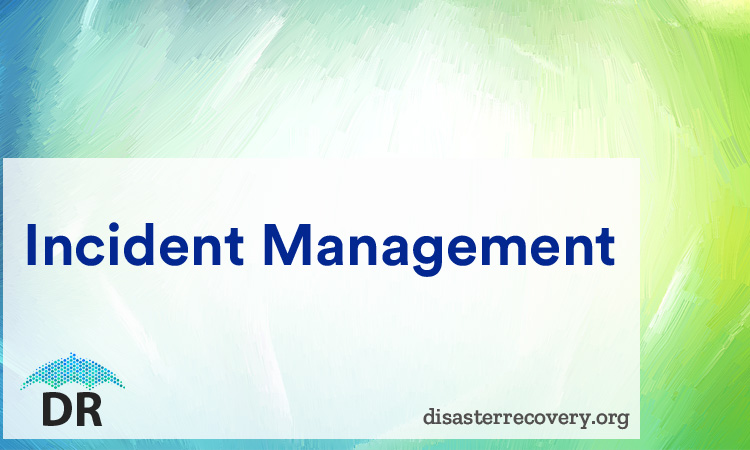Customer satisfaction is the be all and end all when it comes to how an organization is perceived in the market. A commercial entity’s ability to resolve tricky issues and iron out tedious tasks directly correlates with an increase in revenue, greater brand equity and a stronger presence in the market.
Incident Management

Incident management is the coming together of people, processes and technology to identify the root cause that underlies each and every incident notified by the customer in order to resolve it decisively. Incident management systems provide enhanced automation capabilities that assist a company’s personnel in better servicing the incident specific pain points of their customers.
An incident management strategy can provide real time status updates on all the recovery measures that are being executed. Timely coordination helps streamline interdependent tasks and workflows. The impact on revenue is mitigated through a robust user platform that helps restores operations faster. Mission critical operations can be better managed by monitoring the progress of incident resolution in real time.
Incident Management Plan Phases
Any incident management plan can be broadly broken down into the following six phases.
1) Preparation – This is where an organization primes itself for responding to and resolving incidents. This includes:
- Establishing policies and procedures
- Providing company personnel the necessary training
- Using data from previously archived incidents for reference
2) Detection – This is a crucial stage that involves identifying an incident as soon as, or if possible, even before it happens and immediately notifying the relevant teams that can decisively deal with it before things get out of hand.
3) Containment – After detecting an incident that is compromising company systems and operations, mitigation measures are put in action to restrict the threat. These measures include:
- Phase by phase shutting down of systems and devices
- Changing passwords of compromised accounts
- Blocking all communication to and from the incident affected area
4) Investigation – In this phase, the incident management team looks to discover the root cause of the incident along with a timeline of events in sequential order that led to the incident.
5) Resolution – After all the relevant data is gathered, the incident is resolved and brought to a close. This includes:
- Running the necessary antivirus software
- Uninstalling infected software
- Rebuilding the operating system
- Replacing hard drives
- Reconstructing the network
- Notifying the relevant personnel
6) Recovery – Once the incident has been resolved satisfactorily, business systems and operations are restored to their proper functioning.
1) Customizable Features – Any incident management system should come with inbuilt collaborative attributes that can be easily customized and deployed in any business structure. The end user should be allowed to prioritize the various features and functionalities to suit an organization’s specific operational needs.
2) User friendly – It should provide a user friendly and intuitive interface which allows incident resolution with minimal keystrokes. The application should be logically designed and easy to use requiring minimal training for new users.
3) Mobile capability – A mobile and tablet responsive technology allows device independent sharing and processing of data. This also allows for ease of information access that in turn reduces the time required to respond to an incident.
4) Integration – This is a feature that brings data collected from a variety of sources together in a coherent manner through various data visualization techniques that allows organizations to take informed decisions on how to proceed further on various incidents.
5) Tracking – An effective incident management solution allows you to detect, respond, resolve and monitor multiple incidents simultaneously without delay. This is a crucial feature while resolving incidents, especially in times of emergency.
An effective incident management can proactively safeguard an organization from external attacks, threats and operational inefficiencies. Business expenditure can be reduced thanks to greater protection while the interests of clients, investors and stakeholders are duly secured.

